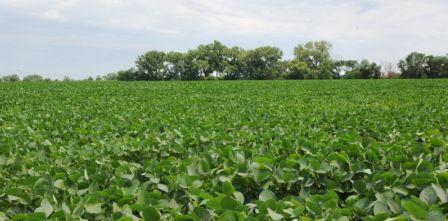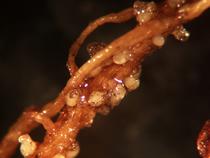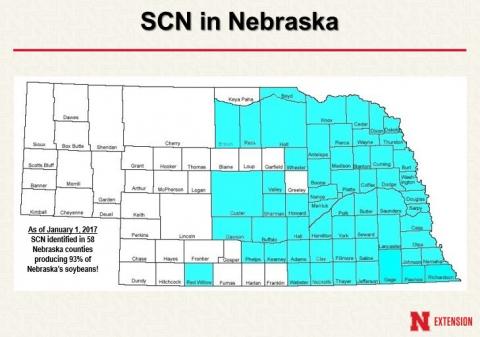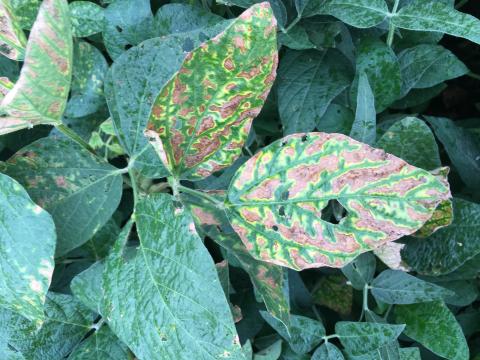Planting Soybean after Soybean (Part 1): Planting Considerations
Announcing the 7th Annual SCN ‘Tode Awards
SCN Now Confirmed in 58 Counties; How About Your Field?
Research in 4 North Central States Shows Limited Response with Fungicide in R3 Soybeans
In a multi-year summary of soybean studies with fungicide and insecticide applications in the north central United States, university researchers combined trial data to estimate overall profitability of foliar applications at the R3 growth stage (beginning pod development).
Sudden Death Syndrome Showing Up in Several Areas
Frogeye Leaf Spot Starting to Show Up in Soybean
Sclerotinia Stem Rot (White Mold) in Soybean: What to Look For
SCN Scouting Recommendation Changes; SCN Resistance Possible
Disclosure
Dr. Giesler has disclosed a significant financial interest in membership and management of Field Screen, LLC. Field Screen, LLC has received compensation in the last 12 months for pesticide testing from the following companies: BASF, Bayer Crop Science, Syngenta Crop Protection, Arysta Life Sciences, Valent U.S.A. Corporation and FMC Corporation. In accordance with its Conflict of Interest policy, the University of Nebraska-Lincoln’s Conflict of Interest Review Committee has determined that this must be disclosed.
Field Screen, LLC is a company that specializes in disease efficacy testing for developmental fungicides in southeastern Missouri under extremely conducive environmental conditions for disease development. This outside activity provides Dr. Giesler with additional insight into agricultural chemical development and improves his ability to assist farmers and commercial agricultural clientele with their management decisions. Outside business activity is encouraged at the University of Nebraska as a way to improve faculty insight and promote economic development.








